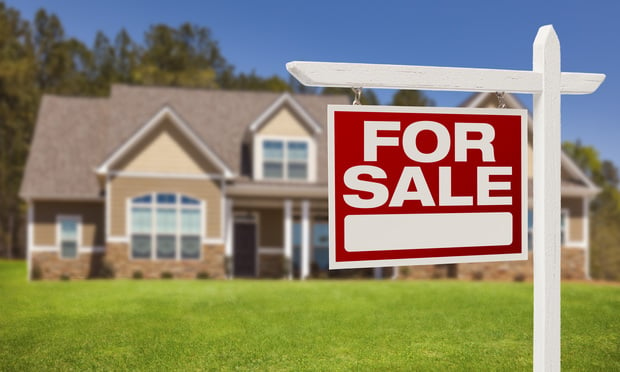Industrial has been the commercial real estate sector to watch for the last decade. Rising up to become one of the best performing commercial asset classes, thanks to online shopping, and thriving for the same reason during the pandemic has made the sector seem unstoppable. However, economic headwinds may finally seem to be catching up to the CRE superpower.
Rents are beginning to plateau and some economic researchers are forecasting reduced consumer spending in the second half of the year. That could begin to suppress industrial appetite and derail speculative development projects. At the moment, industrial stakeholders are playing the waiting game, but NAI DiLeo-Bram's Chris Galiano says, "The yellow signs are flashing."
 Chris Galiano, NAI DiLeo-Bram
Chris Galiano, NAI DiLeo-Bram The Market Begins To Shift
Recommended For You
Since the Federal Reserve Open Market Committee began rapidly increasing interest rates last year, industrial investors had been in a standoff. Rents continued to rise—at the end of the second quarter, US industrial asking rents were up 9.9% year-over-year, and the average taking rent increased 16.6% year-over-year—but so did interest rates.
"This is an unusual time in my 30+ years in the business," says Galiano, a managing director and principal at NAI DiLeo-Bram. "Rents and interest rates are rising at the same time, and everyone is waiting to see what is going to give first."
That is particularly true in Galiano's home market, New Jersey, which serves the greater New York metro area. The central and northern NJ marketplace has over 770,000,000 square feet of industrial space, with new construction projects asking north of $20 per square foot, which is an all-time high.
But, Galiano notes, "There seems to be a line in the sand. Tenants want to be under the landlord's asking rents of above $20 per square foot, unless the space is within 15 minutes of the port or has abundant trailer parking. New construction leases in Carteret and Linden, for instance, are holding at $18.50 per square foot net, with concessions of up to three months of free net rent. Vacancy rates are creeping up near 4%, and I think owners will be giving more free-month concessions to maintain their rental rates."
The industrial sector has been able to absorb these economic headwinds, but the market is particularly sensitive to changes in consumer spending, because the sector has largely been driven by e-commerce activity. In the second half of the year, J.P. Morgan expects consumer spending to moderate. "You don't have to be a student of the macroeconomy to see that this is going to impact our sector," says Galiano.
Market Conditions Begin to Shift
Although industrial rents have seen outsized growth this year, Galiano believes that they are beginning to plateau and industrial demand is waning along with it. "There will be continued absorption, but it will just take a lot longer than any original pro forma showed when shovels went into the ground," he explains.
For speculative industrial developers with projects already underway, this could prove to be a difficult time. If, in six to 12 months, finished spec industrial buildings are still empty, developers are going to feel the pressure of carry costs. That could set a new tone for the market.
However, with the exception of existing projects, new spec development has nearly come to a halt due to higher interest rates and economic uncertainty. "Right now, we have no new speculative construction breaking ground," says Galiano. "The developers and funds are projecting out and waiting for the rate cuts to come next year." There are a lot of variables to consider, but if consumers continue to buy and development continues to slow, according to Galiano, e-commerce activity will sustain the market.
For more insights and thought leadership from NAI Global, click here.
© 2025 ALM Global, LLC, All Rights Reserved. Request academic re-use from www.copyright.com. All other uses, submit a request to [email protected]. For more information visit Asset & Logo Licensing.







